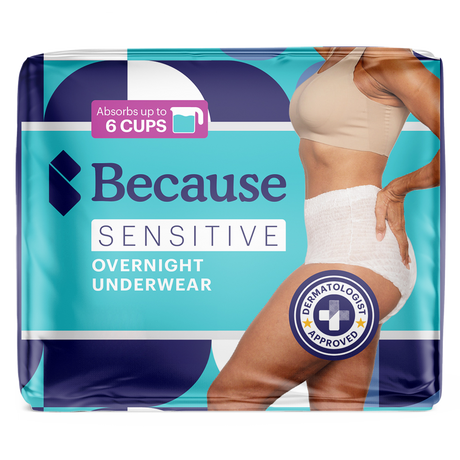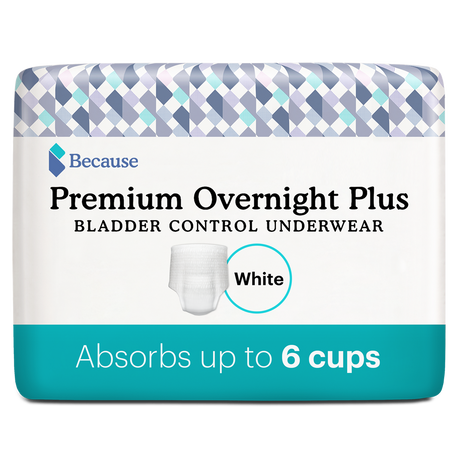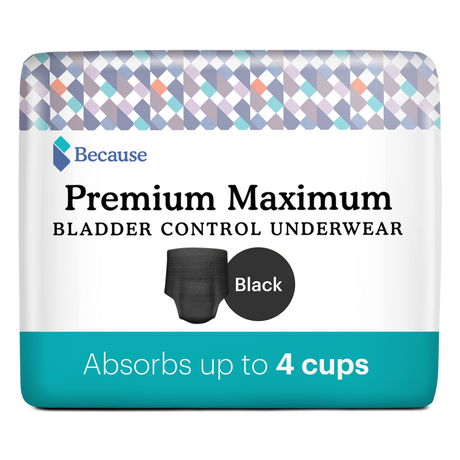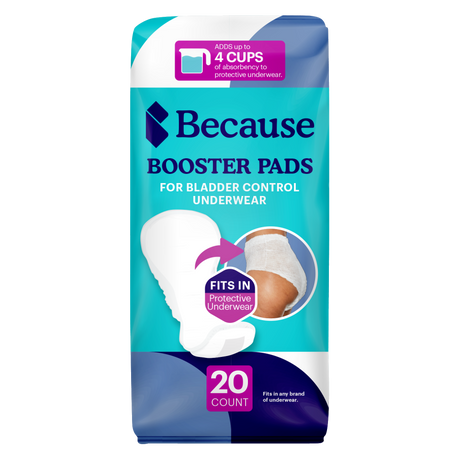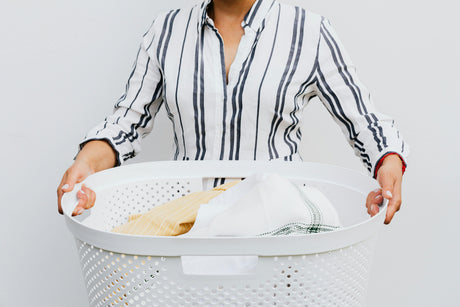Incontinence, a condition that affects millions globally, often remains veiled in silence despite its prevalence. It's a symptom with various underlying causes, each affecting the bladder's ability to control urine flow. Understanding these causes is crucial for managing the condition effectively and improving quality of life. Here, we explore the 10 common causes of incontinence, shedding light on this widespread issue.
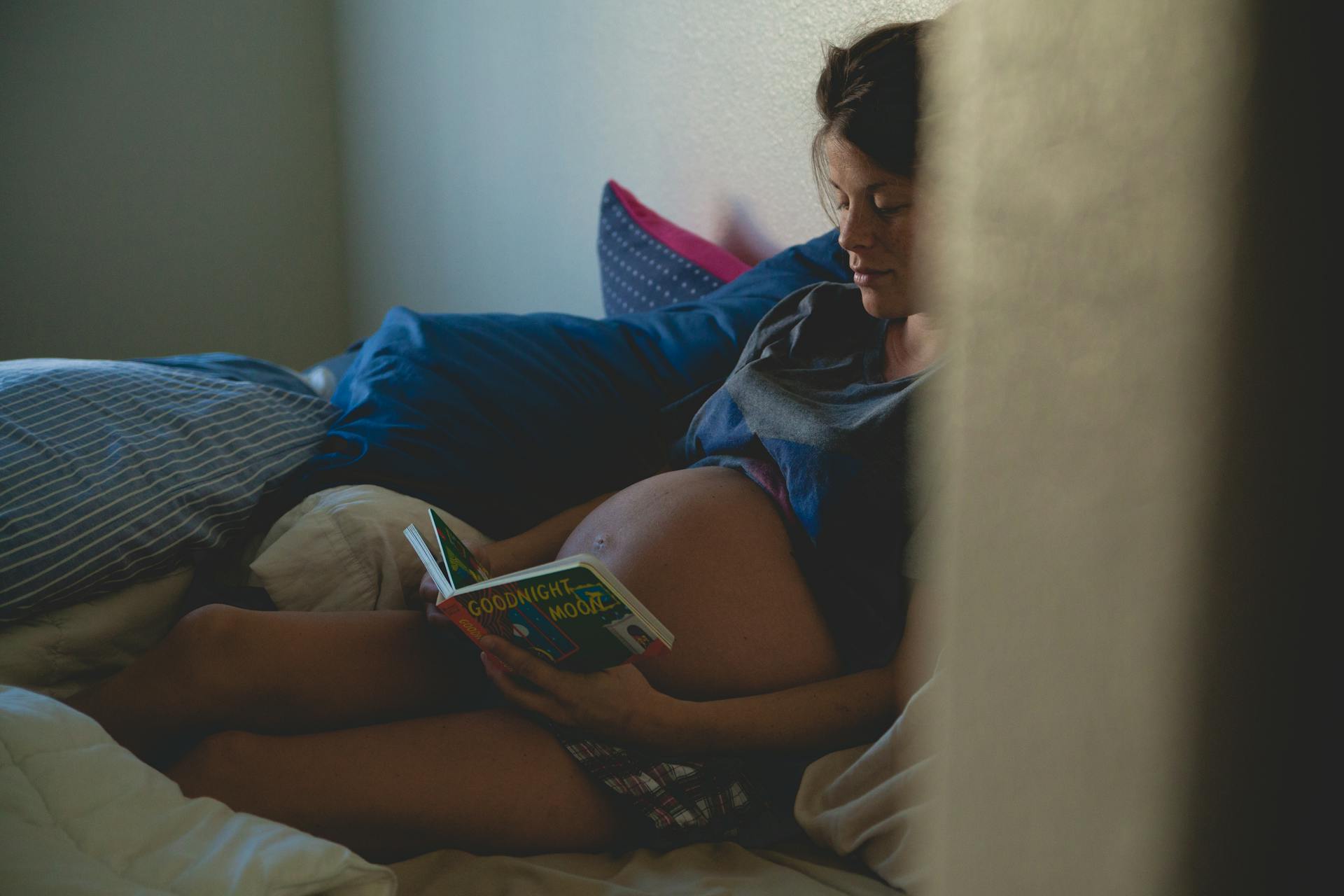
Pregnancy and Childbirth
Pregnancy and childbirth exert immense pressure on the pelvic floor muscles, often leading to incontinence. In fact, more than one third of women develop stress incontinence during their first pregnancy. This percentage increases to over three fourths with additional pregnancies.
Pregnancy is a significant cause of incontinence primarily due to the physical and hormonal changes that occur throughout this period. As the uterus expands to accommodate the growing fetus, it exerts increased pressure on the bladder and pelvic floor muscles. This pressure can weaken these muscles and the supporting tissues, leading to stress incontinence, where activities such as coughing, sneezing, laughing, or exercise can trigger urine leakage. Hormonal changes during pregnancy also play a role, as they can soften the muscles and connective tissue in preparation for childbirth, further reducing the pelvic floor's ability to control the bladder.
During vaginal delivery, these muscles can stretch, weaken, or even tear as they support the baby's passage through the birth canal. This weakening diminishes their ability to tightly control the bladder and urethra, leading to stress incontinence — involuntary urine leakage that occurs during physical activities that increase abdominal pressure, such as coughing, sneezing, or lifting. Additionally, the nerves responsible for bladder control can be damaged during childbirth, affecting the bladder's ability to sense when it is full and properly signal the need to urinate. The impact of childbirth on incontinence can vary depending on several factors, including the length of labor, the size of the baby, and whether instruments like forceps were used. While some women may experience a quick recovery, others may face longer-term challenges postpartum requiring targeted exercises, such as Kegel exercises, or medical interventions to strengthen the pelvic floor and restore bladder control.

Menopause
Menopause can lead to incontinence in women due to the hormonal changes that accompany this phase of life, particularly the decrease in estrogen. Estrogen plays a crucial role in maintaining the strength and health of the urethra and pelvic floor muscles, which are vital for controlling urination. As estrogen levels drop during menopause, these tissues may weaken, reducing their ability to support the bladder effectively. This weakening can contribute to stress incontinence, where physical stressors like coughing or sneezing cause urine leakage, and urge incontinence, characterized by a sudden, intense need to urinate.
Additionally, the changes in estrogen can affect the lining of the urethra and bladder, making them more susceptible to irritation and infections, which can exacerbate symptoms of incontinence. The onset of menopause can also lead to vaginal atrophy and dryness, further impacting urinary function and comfort. More than 50% of postmenopausal women will be affected by urinary incontinence. Managing menopause-related incontinence often involves a combination of lifestyle adjustments, pelvic floor muscle exercises, and possibly hormone replacement therapy (HRT) to alleviate symptoms and improve quality of life.
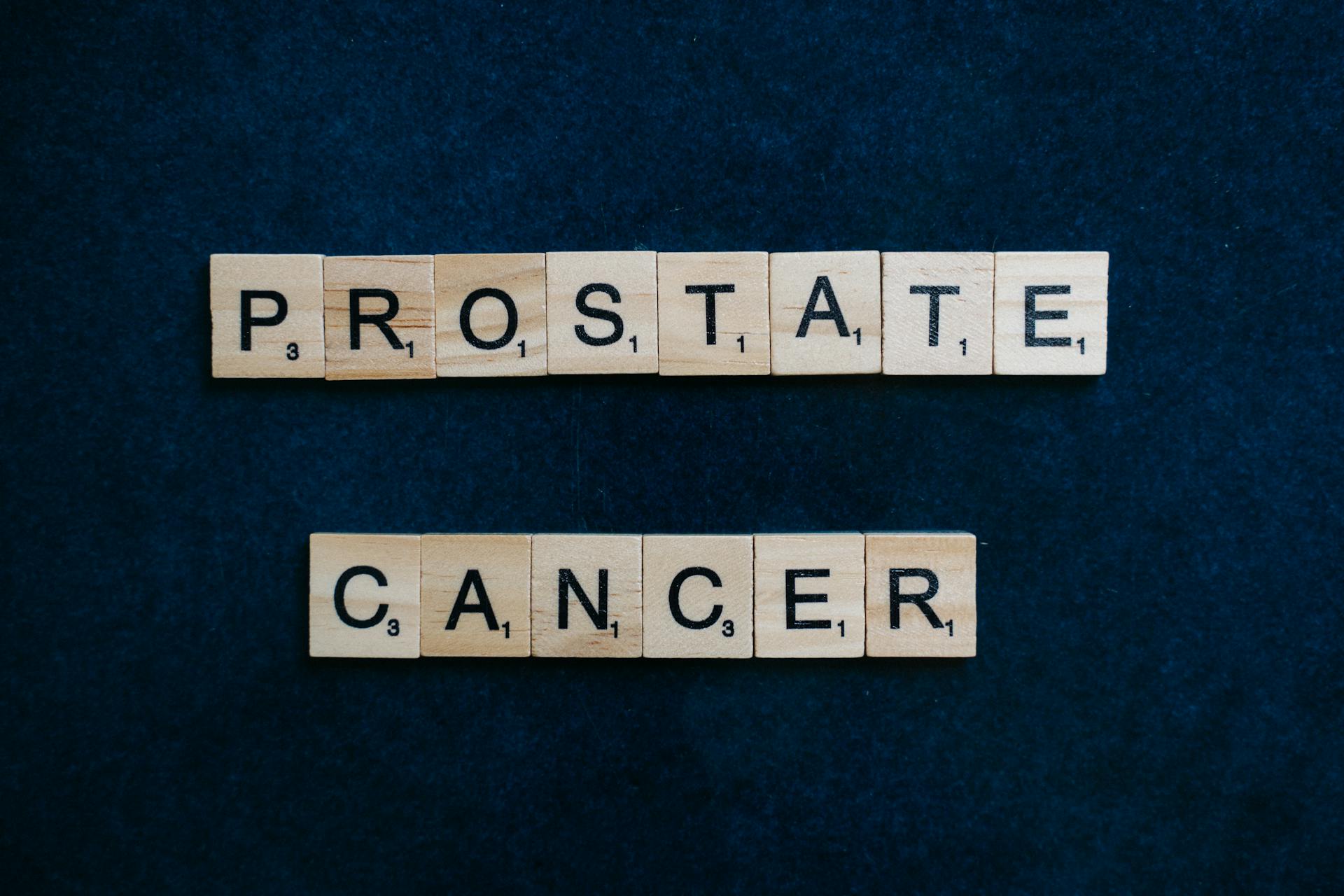
Prostate Issues & Surgery
Prostate issues and the surgeries aimed at addressing them are significant factors contributing to incontinence in men. Additionally, conditions such as an enlarged prostate (benign prostatic hyperplasia, BPH) can lead to urinary retention and overflow incontinence, where the bladder cannot empty completely, causing dribbling or constant leaking.
Prostate cancer treatments, including radical prostatectomy, can also result in incontinence, primarily due to damage to the sphincter muscles or nerves that control the bladder. Around 25% of men experience urinary incontinence after prostatectomies.
During such surgeries, the prostate gland is removed, and despite efforts to preserve the nerves responsible for bladder control, some degree of urinary dysfunction is common. This may manifest as stress incontinence, where coughing, sneezing, or physical exertion prompts urine leakage, or urge incontinence, characterized by a sudden, uncontrollable need to urinate. The risk of incontinence varies based on the type of surgery, the surgical technique used, and individual patient factors.
Click here to learn more about managing urinary incontinence after prostate surgery
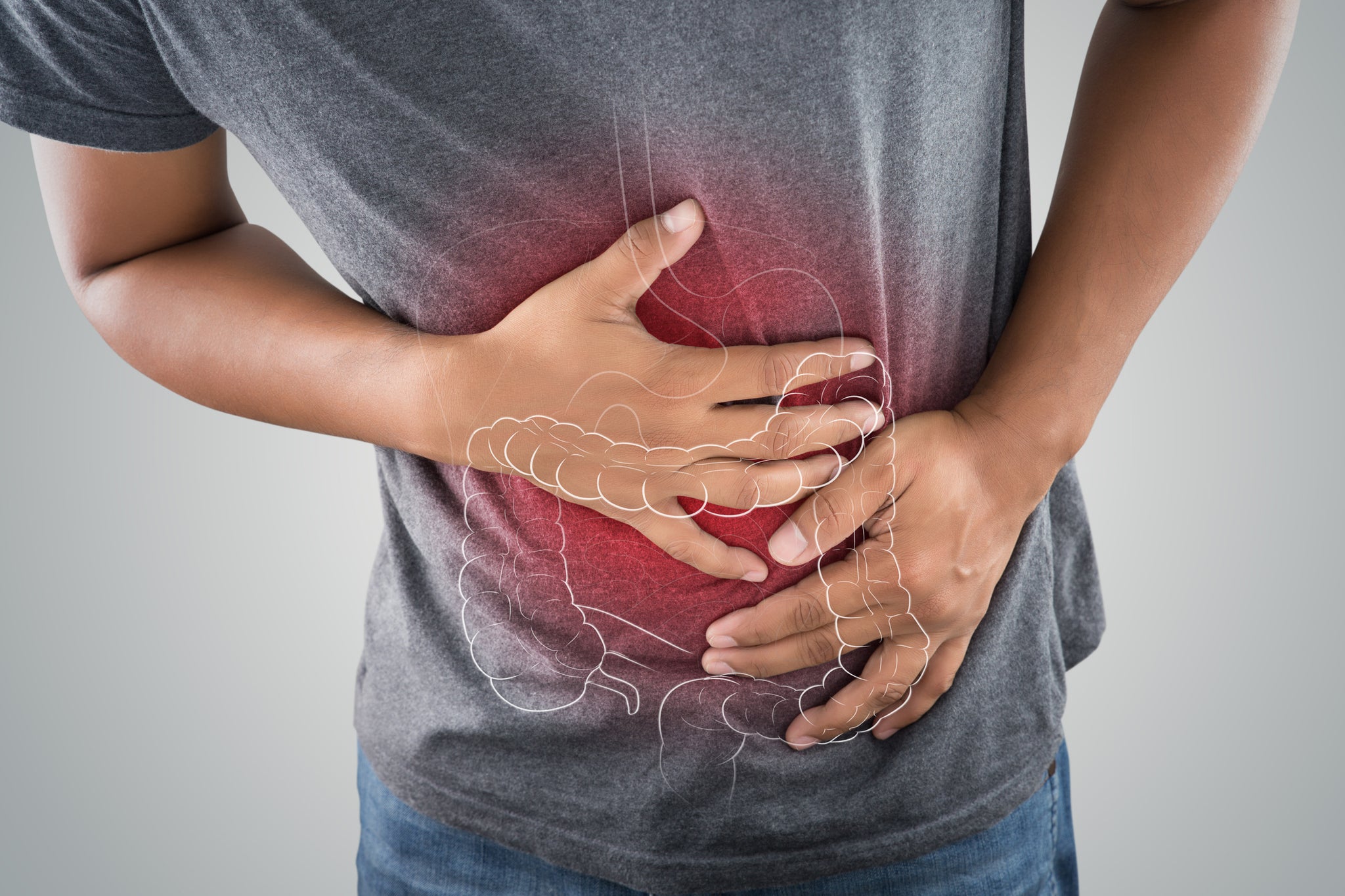
Chronic Constipation
Chronic constipation is a less recognized but significant factor contributing to incontinence, particularly urge incontinence and fecal incontinence. The constant straining associated with chronic constipation can weaken the pelvic floor muscles, which are crucial for supporting the bladder and controlling the release of urine and feces. Over time, this weakening can lead to a reduced ability to control bladder and bowel movements effectively.
Additionally, the buildup of stool in the rectum due to chronic constipation can exert pressure on the bladder, reducing its capacity and leading to increased frequency and urgency of urination. In severe cases, impacted stool can interfere with the normal function of the muscles and nerves in the pelvic area, further exacerbating issues of incontinence.

Nerve Damage
Nerve damage is a significant cause of incontinence, as the control over bladder and bowel functions is heavily reliant on the integrity of the nervous system. Nerves carry signals from the bladder and bowel to the brain, indicating when they are full and need to be emptied. They also signal muscles in the pelvic floor and sphincters to contract or relax at the appropriate times to start or stop the flow of urine or feces. When these nerves are damaged—due to a variety of conditions such as Parkinson’s, spinal cord injuries, multiple sclerosis, or the effects of surgery or radiation treatment—the communication between the bladder, bowel, and brain can be disrupted.
This disruption can lead to involuntary leakage of urine or feces (incontinence) because the bladder may contract unexpectedly or the sphincter muscles may not function properly to maintain continence. In some cases, nerve damage may also lead to an inability to sense when the bladder or bowel is full, further increasing the risk of incontinence.
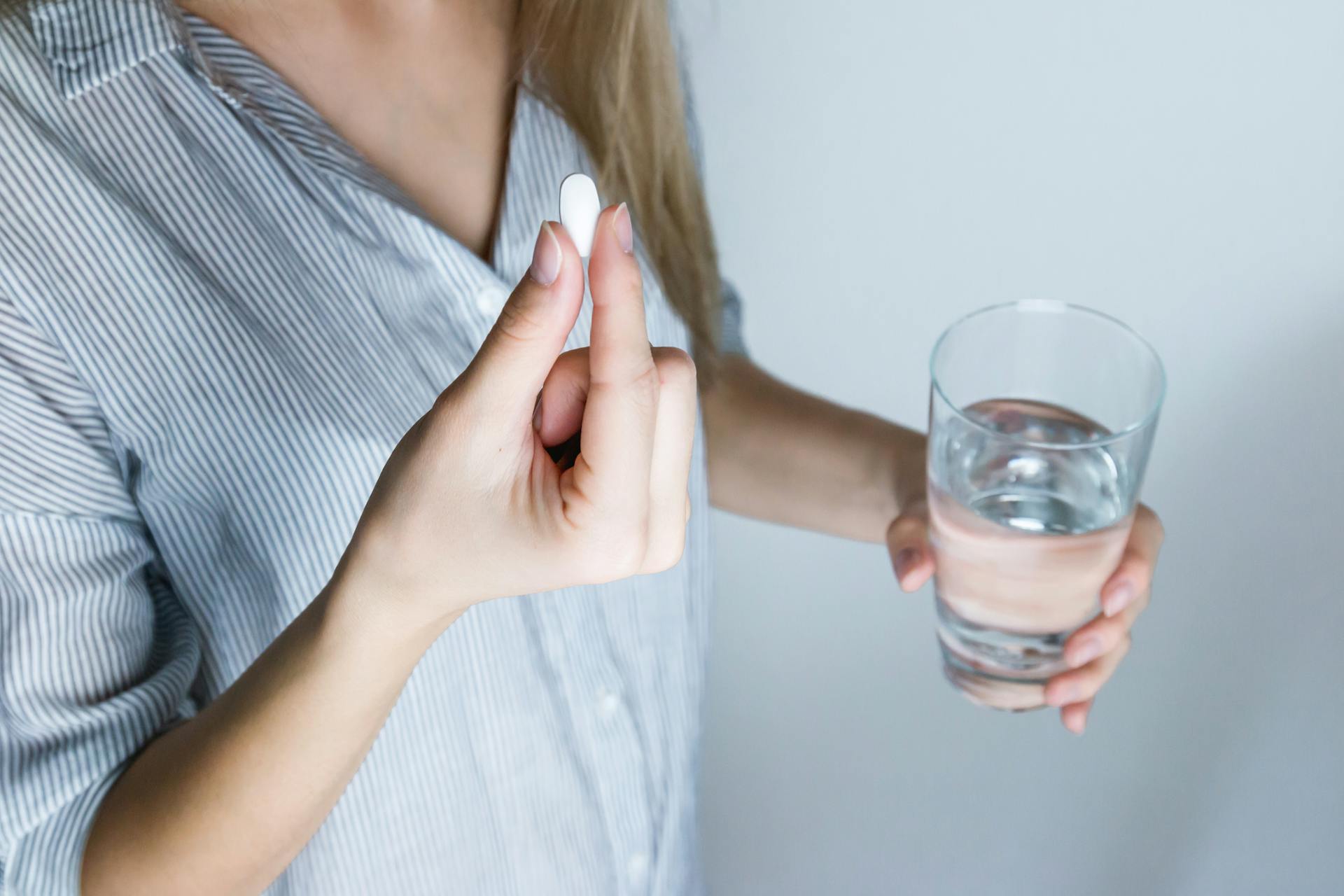
Medications
Certain medications can contribute to incontinence by affecting the bladder's capacity to store urine or altering the control mechanisms involved in urination. Diuretics, commonly known as water pills, increase urine production and can lead to urgency and frequency of urination, potentially causing incontinence.
Antidepressants and antipsychotics can interfere with the neurotransmitters that help control bladder function, while sedatives and muscle relaxants may reduce awareness of the need to urinate or weaken the bladder muscles, leading to overflow incontinence.
Medications used to treat high blood pressure, such as alpha-blockers, can also affect the sphincter muscles' ability to stay closed, causing leakage. Calcium channel blockers, another class of blood pressure medication, may increase the risk of incontinence by relaxing the smooth muscles of the bladder.

Obesity
Obesity significantly contributes to incontinence due to the extra weight exerting increased pressure on the bladder and pelvic floor muscles. This pressure can weaken the pelvic floor over time, diminishing its ability to support the bladder and urethra effectively. As a result, activities that put additional stress on the abdominal area, such as coughing, sneezing, or lifting heavy objects, can lead to episodes of stress incontinence, where involuntary urine leakage occurs.
Moreover, the accumulation of fatty tissue in the pelvic region can alter bladder and urethral positions, further compromising the urinary continence mechanism. Obesity also increases the risk of developing type 2 diabetes, which can lead to nerve damage affecting bladder control, and can exacerbate other conditions like sleep apnea, which is associated with nighttime incontinence.
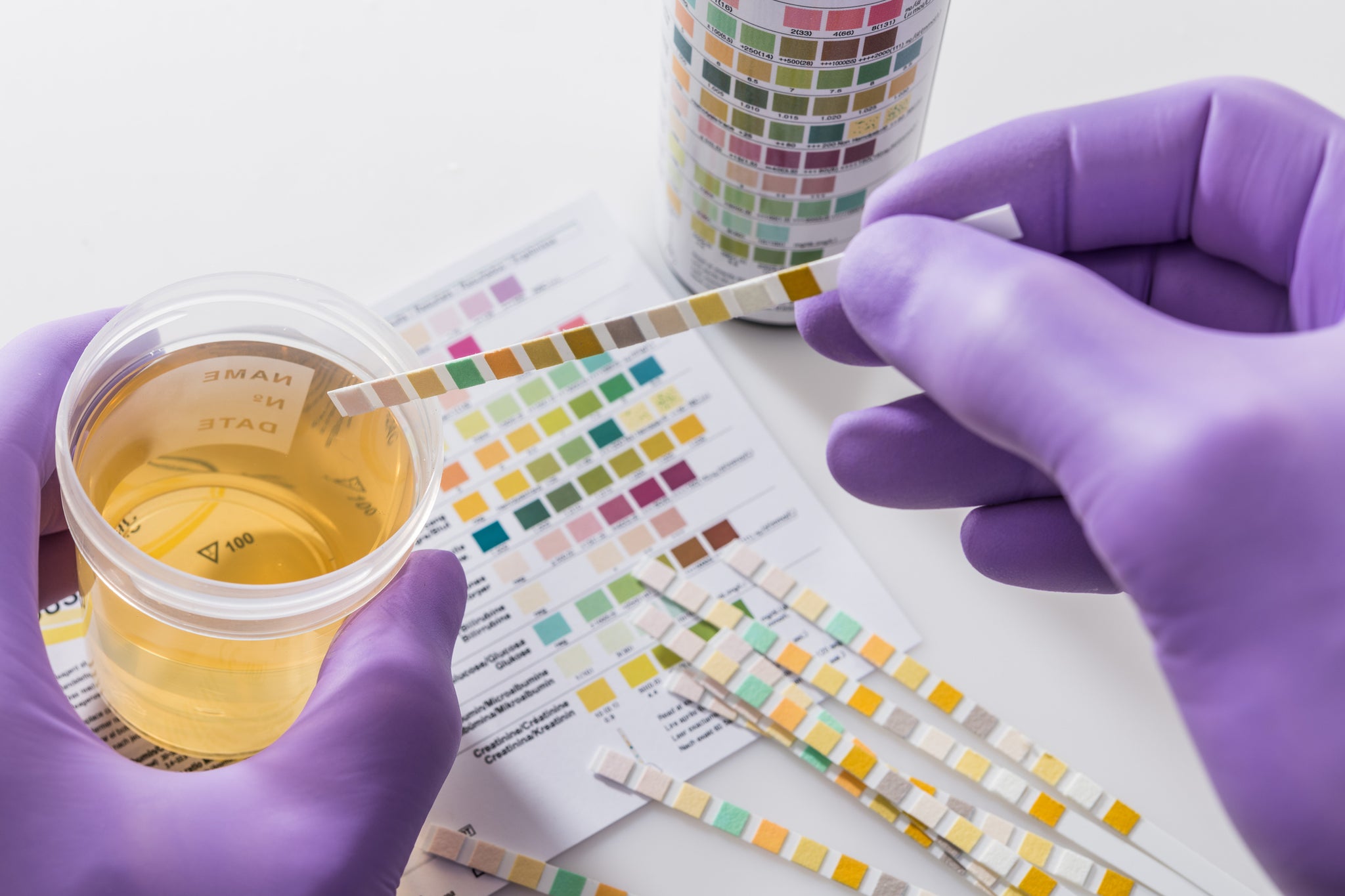
UTIs
Urinary tract infections (UTIs) can lead to temporary incontinence due to the irritation and inflammation they cause in the urinary system. When the bladder and urethra become inflamed as a result of an infection, it can result in increased sensitivity and urgency, making it difficult for individuals to hold urine or completely empty their bladder. This urgency often translates into urge incontinence, where there is a sudden, intense need to urinate, followed by involuntary leakage.
UTIs can disrupt the normal signaling mechanism between the bladder and the brain, causing the bladder muscles to contract involuntarily. While the incontinence associated with UTIs is usually temporary and resolves with the treatment of the infection, recurrent UTIs can lead to more persistent issues with bladder control.
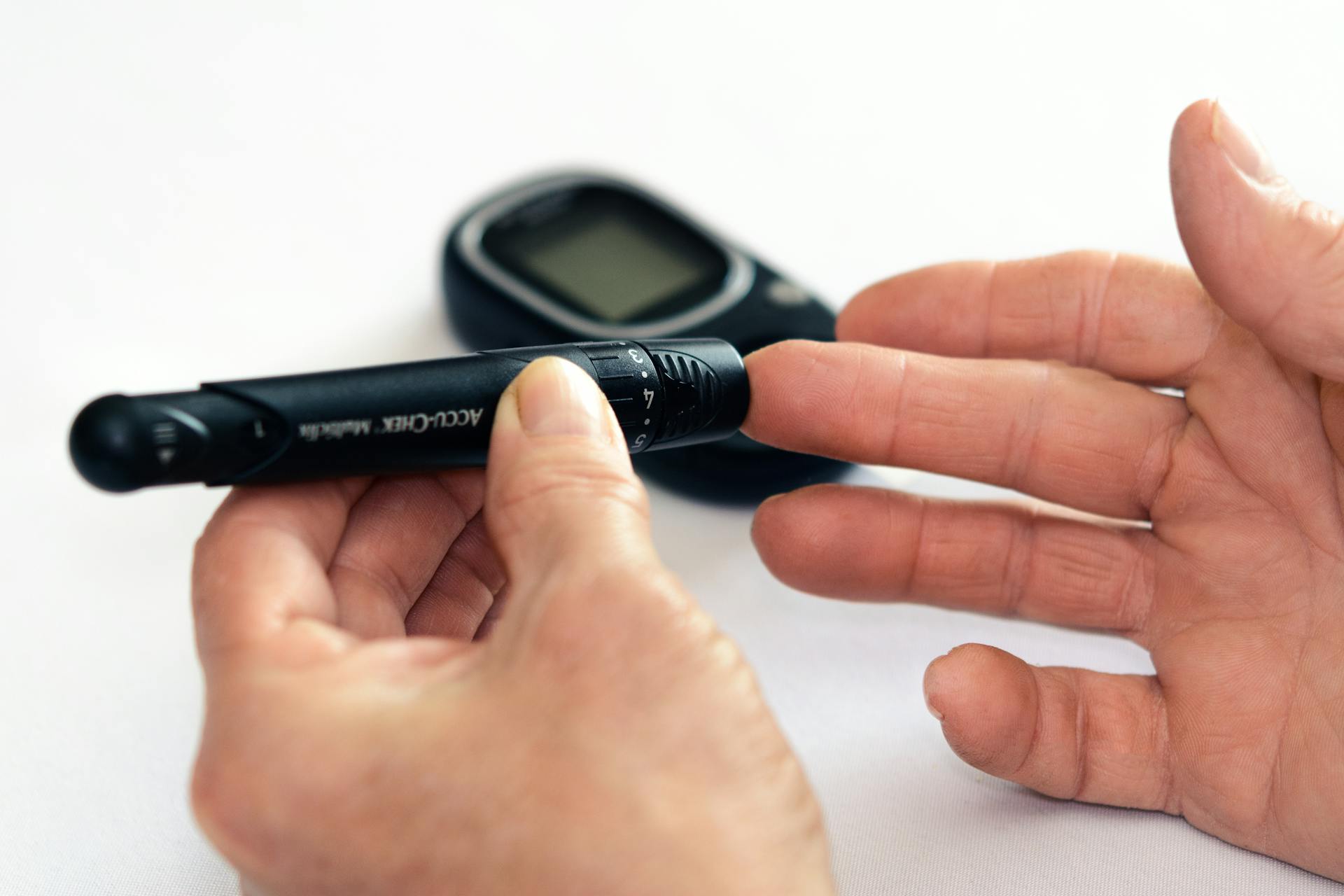
Diabetes
Diabetes can lead to incontinence through several mechanisms, primarily due to its effects on nerve function and the urinary tract. High blood sugar levels over time can cause nerve damage (diabetic neuropathy), affecting the nerves that control the bladder and urethra. This damage can lead to an overactive bladder, where the bladder muscles contract involuntarily, causing urgency and frequency of urination, as well as urge incontinence.
Additionally, diabetes can contribute to urinary tract infections (UTIs), which can irritate the bladder and temporarily exacerbate symptoms of incontinence. The increased urine production (polyuria) often associated with uncontrolled diabetes can also overwhelm the bladder's capacity, leading to episodes of overflow incontinence, where the bladder is unable to empty completely, resulting in leakage.
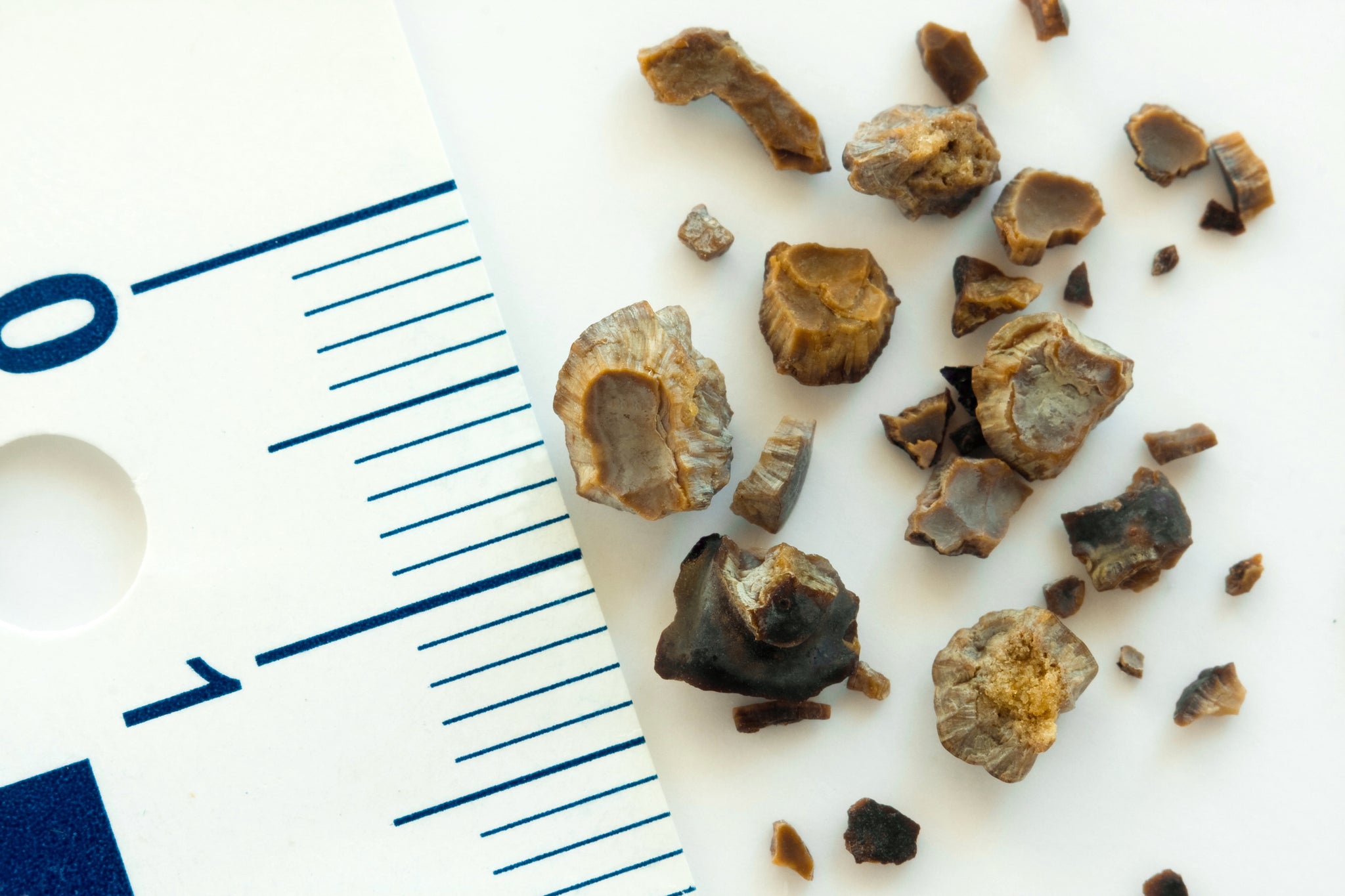
Urinary Blockages
Urinary blockages, resulting from conditions such as kidney stones, enlarged prostate (benign prostatic hyperplasia), or strictures in the urinary tract, can lead to incontinence by obstructing the normal flow of urine. These blockages increase the pressure within the bladder, making it more difficult to empty completely during urination.
Over time, the bladder may become overdistended, weakening its muscles and diminishing its ability to contract effectively. This can result in overflow incontinence, where the bladder is unable to empty properly, leading to constant or frequent dribbling of urine.
Additionally, the effort to urinate through a blockage can strain and potentially damage the pelvic floor muscles and the sphincter, further compromising urinary control. In some cases, the increased bladder pressure from blockages can also trigger involuntary bladder contractions, causing urge incontinence.
Understanding the underlying causes of incontinence is the first step toward effective management. By identifying the root cause, individuals can work with healthcare providers to develop a tailored treatment plan that addresses their specific needs, ranging from lifestyle adjustments to medical interventions. Incontinence doesn't have to limit your life. With the right knowledge and support, managing this condition and leading a full, active life is entirely possible.
Do you need help finding the right bladder protection product for you? Take our bladder protection quiz and get a sample pack today!Sources:
Rosenman, Amy, MD. (n.d.). Childbirth Incontinence. UCLA Health. Retrieved [2024, Mar. 13], from https://www.uclahealth.org/medical-services/womens-pelvic-health/patient-education/childbirth-incontinence#:~:text=During%20a%20first%20pregnancy%2C%20more,of%20the%20birth%20canal%20heal.
Kołodyńska G, Zalewski M, Rożek-Piechura K. Urinary incontinence in postmenopausal women - causes, symptoms, treatment. Prz Menopauzalny. 2019 Apr;18(1):46-50. doi: 10.5114/pm.2019.84157. Epub 2019 Apr 9. PMID: 31114458; PMCID: PMC6528037.
ZERO - The End of Prostate Cancer. (n.d.). Incontinence. Retrieved [2024, Mar. 13], from https://zerocancer.org/treatment-options/side-effects/incontinence.

